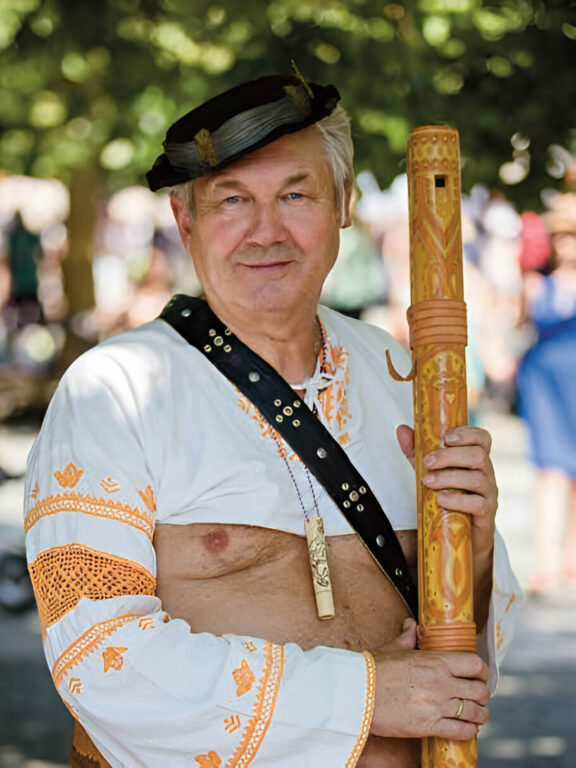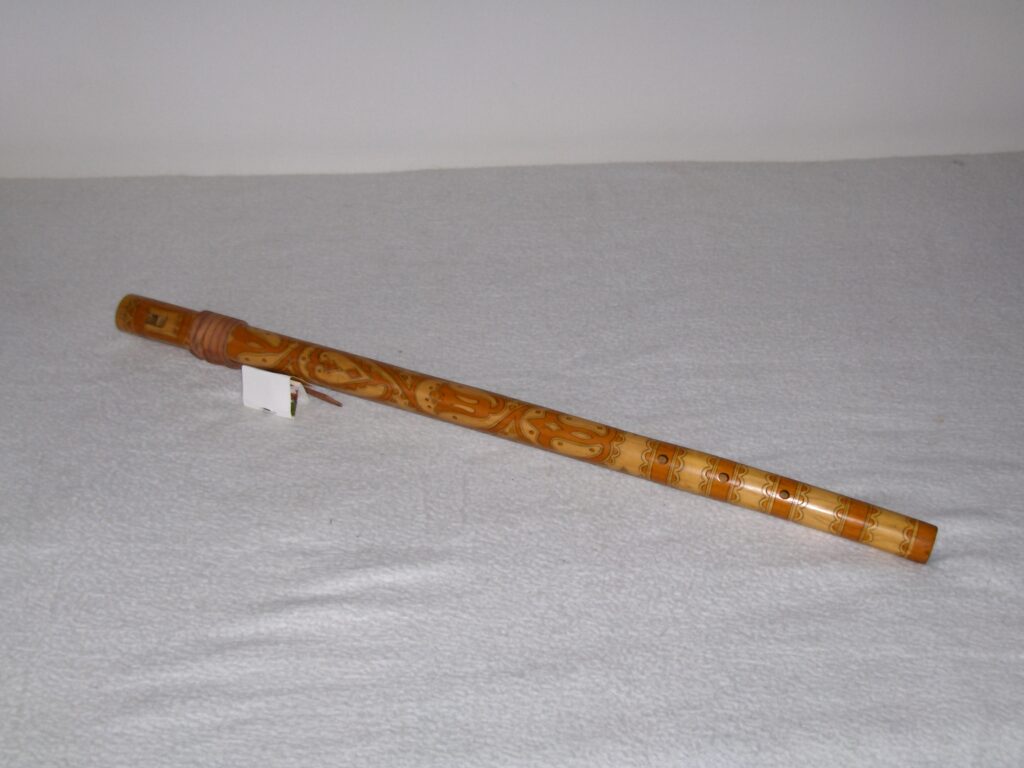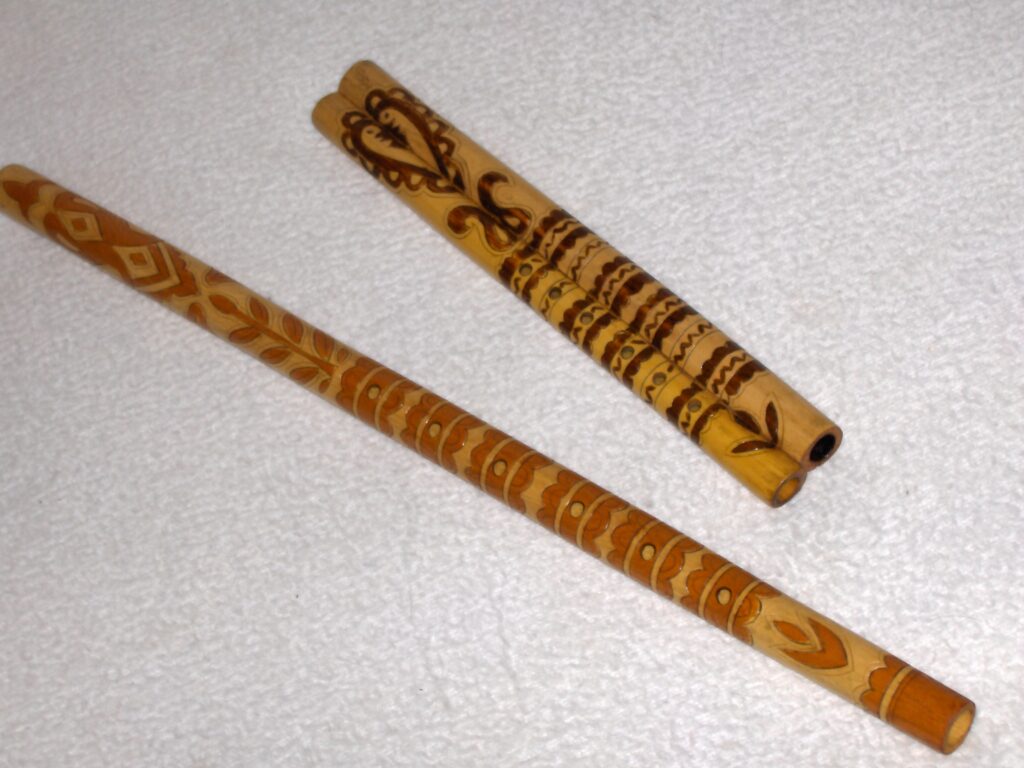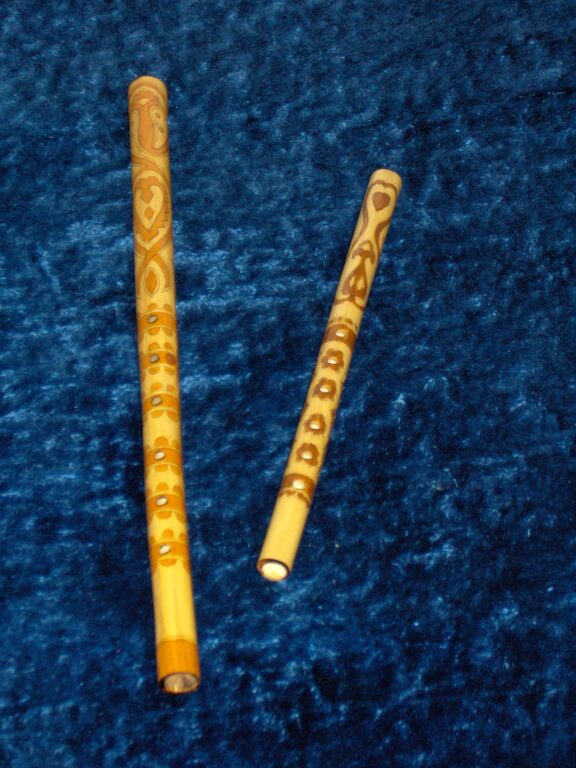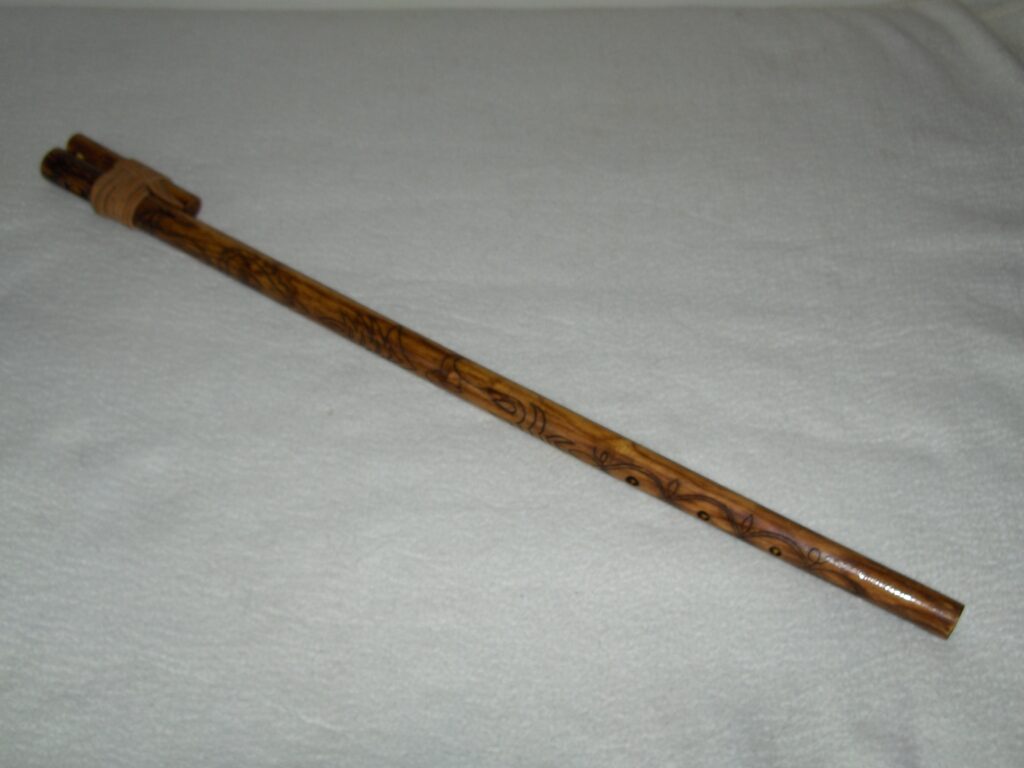A native of Detvianska Huta, he learned to play the fujara from Anton Ľupták of Látok, a craftsman from the oldest generation of under-mountain master instrument makers. Already as a boy, he developed an interpretive relationship with six-hole whistles while tending cows, which were made by his grandfather. Over time, he also tried other musical instruments and throughout his life...
A native of Detvianska Huta, he learned to play the fujara from Anton Ľupták of Látok, a craftsman from the oldest generation of under-mountain master instrument makers. Already as a boy, he developed an interpretive relationship with six-hole whistles while tending cows, which were made by his grandfather. Over time, he also tried other musical instruments and throughout his life played as a member of various folklore groups and as a soloist. In addition, he tried his hand at instrument making (besides fujaras, also six-hole whistles, mouthpieces, small fujarky, double flutes, and wooden flutes), to which he remains faithful to this day.
He has been crafting for over forty years (since 1974), more intensively after retiring. He met Anton Ľupták, a fellow Podpoľanec, in 1975 in Veľký Krtíš, where work in the coal mines brought him. He bought an undecorated fujara from him and after two weeks they decorated it together. It seemed like fate, they clicked and their work relationship became very intense. Anton Ľupták was seventy at the time, just like Ján Trebula is today, and had plenty of time to spare. After work, he would wait for him in front of the mine or the apartment building, and they would go to the workshop for long hours together. His eyesight was failing, so he saw in the young enthusiast his successor and willingly shared his knowledge and skills with him. They made fujaras together for a long time and also presented them together at the Instrumentum excellens instrument makers competition in Detva. Thanks to the old master, Ján Trebula gained access to the most original fujara makers and was accepted among such greats as the Sanitrár brothers from Kováčová, Juraj Ďurečka from Očová, Imrich Weiss from Hriňová, and Matúš Nosáľ from Vígľaš. “The old fujarists didn’t really take young people in, so I absorbed everything I heard,” he reminisces. The fruitful years of collaboration with Anton Ľupták resulted in them jointly winning the Ladislav Leng Prize in 1980.
This is where Ján Trebula’s foundations were formed, which he further developed through studying professional literature. He almost exclusively uses beech wood in his craft. He has tried other types of wood, but beech has proven to be the best, especially due to its hardness, which becomes exceptional after four years of drying. He lets the wood dry without boring holes, only pre-boring the curved pieces that would be harder to shape after drying. After perfecting the inner wall of the fujara or whistle through delicate work with a reed in the windway in accordance with the old saying of “a hundred times in, a hundred times out,” he adjusts the tone by slowly shaving the reed, making sure the instrument doesn’t sound too sharp or shrill.
Once satisfied with the sound, he moves on to decoration. In addition to traditional etching with nitric acid, he adds relief carving, metal stamping, or line carving to the moistened or greased fujara. His burned fujaras are of the highest quality, perhaps due to the way he arranges the ornaments, a technique Anton Ľupták likened to a stream flowing among flowers, always at the center. While he repeats traditional ornaments, the arrangement makes each fujara unique. After decorating, he sands the surface with the finest sandpaper and varnishes it with shellac. He lubricates the interior with technical oil that is odorless and thin.
In fifteen years of collaboration with the ÚĽUV, he has delivered eighty whistles and fifteen fujaras to stores, keeping precise records for each instrument with a birth certificate. He regularly showcases his craft and interpretive skills at folklore and craft events at home and abroad.
In 2019, he was awarded the title of Master of Folk Artisan Production for his work.
